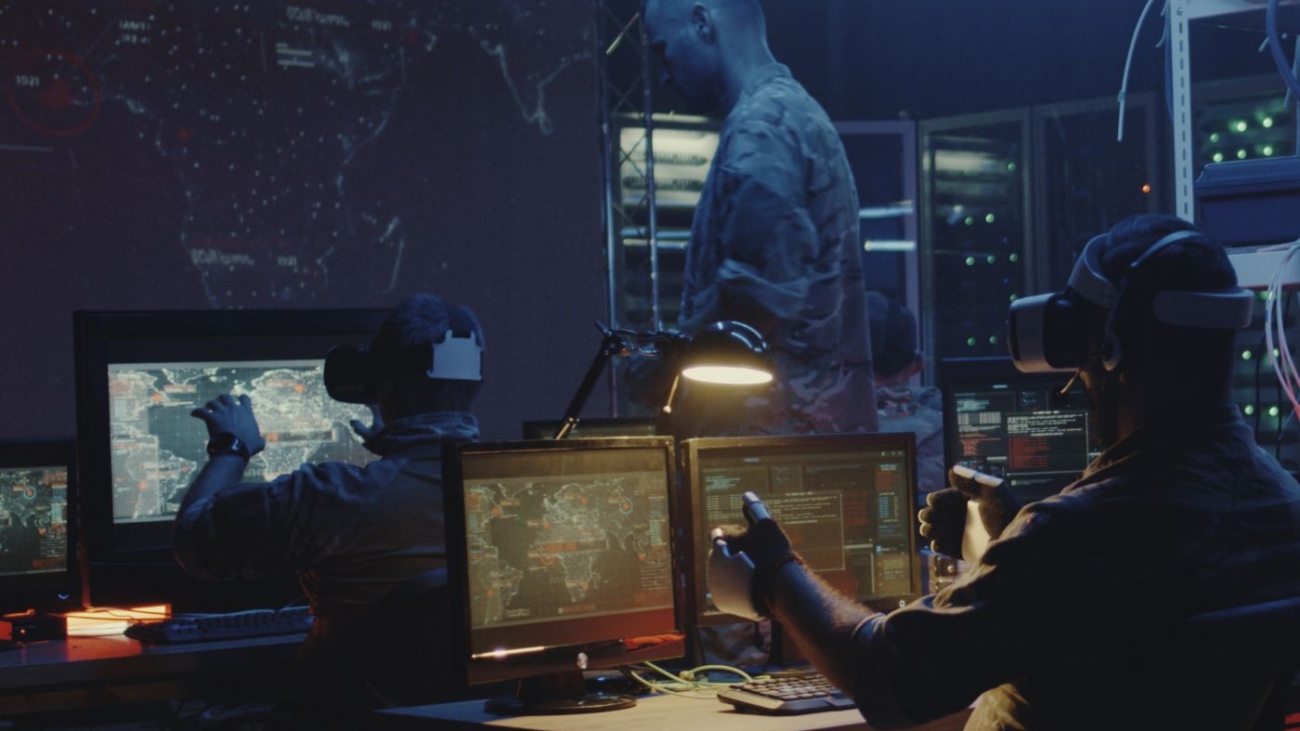In a bid to accelerate Artificial Intelligence (AI) adoption, the Joint Artificial Intelligence Center (JAIC) has launched the AI Adoption Journey series.
Through this new weekly series, the JAIC, a focal point of the Department of Defense (DoD) to harness the potential of artificial intelligence, aims to share lessons learned, best practices, and resources with the users.
The suite of videos, documents, and other information will be available on the JAIC website for everyone to explore in order to help map out the critical milestones along the journey to modern and relevant AI-enabled capabilities. The new series is in line with the JAIC’s efforts to lower the barriers of AI adoption with the support of its innovation partners from the academic and tech industry.
In his special video message at the launch of the AI Adoption Journey series, Lt. Gen. Michael Groen, director JAIC, said the department was moving forward toward an AI-enabled future. Terming it a transformational moment in history, Michael Groen said: “Making this transformation successful is a core necessity if we’re going to compete on the battlefield in any domain.”
The unclassified summary of the DoD’s AI Strategy also emphasizes adoption of AI by the United States together with its allies and partners to create, what it terms, ‘collective positions of strength’. The department’s AI strategy focuses on thoughtful, responsible, and human-centered adoption of AI.
The strategic approach that will guide DOD in its efforts to accelerate AI adoption include, but not limited to, cultivation of a leading AI workforce, delivering AI-enabled capabilities that address key missions, engaging with commercial, academic, and international allies and partners and leading in military ethics and AI safety.
The DOD’s AI Strategy directs the department to incorporate artificial intelligence into decision-making and operations to protect the safety and security of U.S. citizens, to derive military advantage, to improve readiness and accuracy and to enhance mission precision–in order to reduce collateral damage.



Add a Comment